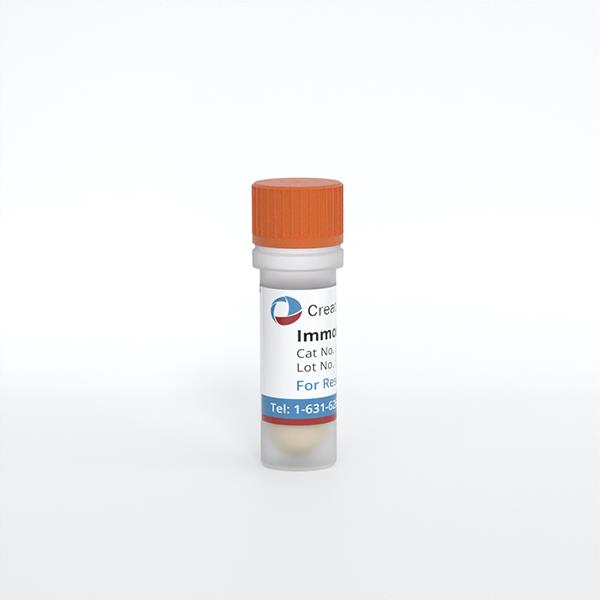Description
Type I alveolar epithelial cells are large squamous cells, which extend across several air sacs and cover more than 95% of the alveolar surface area. They are specialized to serve as very thin (often only 25 nm in width) gas-permeable components of the blood-air barrier. The Type I Alveolar cells are the target of many insults, including ventilator-induced lung injury. These cells are useful in investigating the function and pathology of the respiratory system.
Culture Properties
Adherent
Immortalization Method
Serial passaging and transduction with recombinant lentiviruses carrying hTERT gene
Applications
For Research Use Only
Storage
Directly and immediately transfer cells from dry ice to liquid nitrogen upon receiving and keep the cells in liquid nitrogen until cell culture needed for experiments.
Note: Never can cells be kept at -20 °C.
Recommended Products
CSC-C9223J Human Alveolar Epithelial Cells
CIK-HT013 HT® Lenti-hTERT Immortalization Kit
CIK-HT003 HT® Lenti-SV40T Immortalization Kit
Quality Control
Real Time PCR was used to quantify SV40 gene expression in immortalized cell line.
Citation Guidance
If you use this products in your scientific publication, it should be cited in the publication as: Creative Bioarray cat no.
If your paper has been published, please click here to submit the PubMed ID of your paper to get a coupon.
What are Immortalized Human Alveolar Cells-hTERT?
Immortalized Human Alveolar Cells-hTERT are alveolar epithelial cells that have been genetically immortalized by introducing the hTERT (human telomerase reverse transcriptase) gene. This allows the cells to go beyond 20 passages while maintaining alveolar characteristics, making them ideal for respiratory research.
How do I ensure the cells remain viable and maintain their characteristics?
We provide detailed culture protocols to help you maintain these cells under optimal conditions. The included documentation offers best practices for preserving cell viability and function over time.



